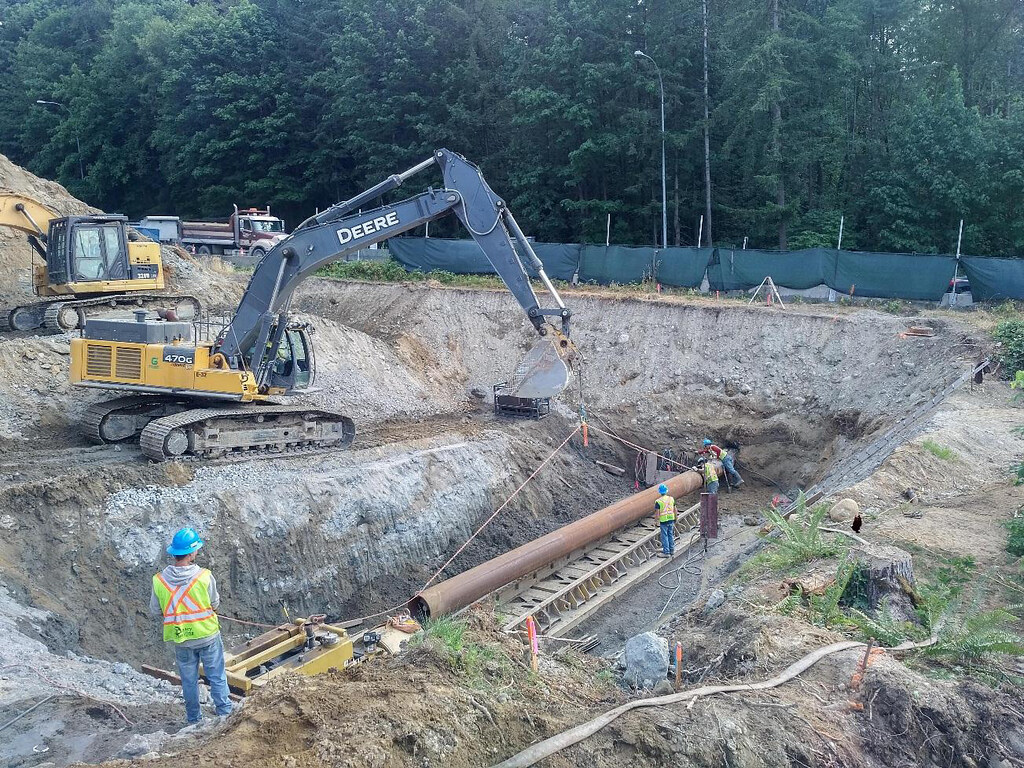New Mexico
New Mexico
Directional Boring in New Mexico
Directional boring, also known as horizontal directional drilling (HDD), is a highly efficient and minimally invasive method for installing underground utilities such as water, sewer, gas, electric, and telecommunications lines. In New Mexico, a state characterized by diverse terrain ranging from arid deserts and expansive plains to rugged mountain ranges, directional boring has become a preferred technique for both urban and rural infrastructure projects. This method offers numerous advantages in a region where preserving natural landscapes and managing construction impacts are of paramount importance.

One of the key benefits of directional boring in New Mexico is its ability to significantly reduce surface disruption. Traditional trenching methods can cause extensive damage to roadways, sidewalks, vegetation, and cultural sites—an important consideration in a state rich with historical landmarks and protected lands. Directional boring minimizes these impacts by drilling a precise underground path without the need for large surface trenches. This is particularly valuable in areas like Albuquerque, Santa Fe, and Las Cruces, where maintaining city infrastructure while respecting historical and cultural preservation is essential.
Boring With New Mexico’s Unique Landscape
New Mexico’s unique geology presents various challenges for underground utility installations. The state is known for its diverse soil conditions, ranging from loose sandy soils in the southern regions to rocky and clay-heavy soils in the north and central areas. Directional boring is uniquely suited to navigate these conditions effectively. It can handle different types of substrates and pass under natural and man-made obstacles such as rivers, highways, and buildings. This flexibility makes it an ideal solution for New Mexico’s varied terrain, where traditional trenching would be difficult, costly, or even impossible.
Additionally, directional boring offers significant cost and time savings compared to conventional trenching methods. By minimizing the amount of excavation and reducing the need for surface restoration, directional boring reduces labor costs, material expenses, and overall project duration. This is especially beneficial for municipalities and utility companies in New Mexico, which often operate with limited budgets and tight schedules. Faster project completion also means less disruption to local communities, reduced traffic congestion, and minimized environmental impact, aligning with New Mexico’s growing emphasis on sustainability and eco-friendly practices.
Cableex’s directional boring process involves using advanced technology to create a precise underground path for utility lines, minimizing the need for digging and reducing the risk of damage to surrounding infrastructure. Their experienced technicians use real-time monitoring and tracking systems to ensure accurate placement and avoid potential obstacles. This approach enables Cableex to complete projects quickly and with minimal disruption to the surrounding area.

